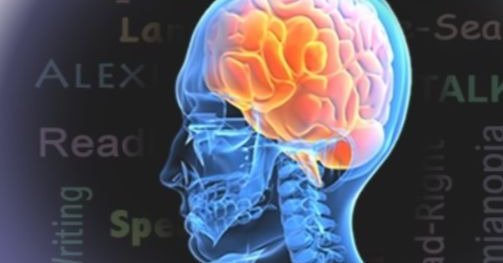Movement can be restored with brain zapping in stroke patient
To explore these questions, they caused a stroke in the rats that impaired the animals' movement ability, and found that the LFOs diminished.

Electrical brain stimulation may help restore movement in patients left paralysed after suffering from a stroke, say scientists - including those of Indian origin - who conducted a study in mice.
Scientists from University of California, San Francisco (UCSF) in the US have improved mobility in rats that had experienced debilitating strokes by using electrical stimulation to restore a distinctive pattern of brain cell activity associated with efficient movement.
The findings may help develop brain implants that could restore motor function in human stroke patients.
After a stroke, roughly one-third of patients recover fully, one-third have significant lingering movement problems, and one-third remain virtually paralysed, said Karunesh Ganguly, an associate professor at UCSF.
Even patients who experience partial recovery often continue to struggle with "goal-directed" movements of the arms and hands, such as reaching and manipulating objects, which can be crucial in the workplace and in daily living.
"Our main impetus was to understand how we can develop implantable neurotechnology to help stroke patients," said Ganguly.
"There's an enormous field growing around the idea of neural implants that can help neural circuits recover and improve function," he said.
"We were interested in trying to understand the circuit properties of an injured brain relative to a healthy brain and to use this information to tailor neural implants to improve motor function after a stroke," he said.
Over the past 20 years, neuroscientists have presented evidence that coordinated patterns of neural activity known as oscillations are important for efficient brain function.
More recently, low-frequency oscillations (LFOs) - which were first identified in studies of sleep - have been specifically found to help organise the firing of neurons in the brain's primary motor cortex.
The motor cortex controls voluntary movement, and LFOs chunk the cells' activity together to ensure that goal-directed movements are smooth and efficient.
In the study, published in the journal Nature Medicine, researchers first measured neural activity in rats while the animals reached out to grab a small food pellet, a task designed to emulate human goal-directed movements.
They detected LFOs immediately before and during the action, which inspired the researchers to investigate how these activity patterns might change after stroke and during recovery.
To explore these questions, they caused a stroke in the rats that impaired the animals' movement ability, and found that the LFOs diminished. In rats that were able to recover, gradually making faster and more precise movements, the LFOs also returned.
The researchers, including postdoctoral researcher Tanuj Gulati and assistant professor Dhakshin Ramanathan, wanted to know whether their findings might also apply to humans, so they analysed recordings made from the surface of the brain of an epilepsy patient who had suffered a stroke that had impaired the patient's arm and hand movements.
The recordings revealed significantly fewer LFOs than the recordings made in two epilepsy patients who had not suffered from a stroke. The findings suggest that, just as in rats, the stroke had caused a loss of low-frequency activity that impaired the patient's movement.
(This story has not been edited by Devdiscourse staff and is auto-generated from a syndicated feed.)
ALSO READ
UN human rights body backs measures against Myanmar and investigations in Iran
Wider bird flu spread raises concern for humans, animal health body says
UN human rights body backs measures against Myanmar and investigations in Iran
'What is price of human life in this city', asks HC; takes note of death of 2 kids in water tank
Israel approves reopening of Erez crossing to allow more humanitarian aid into Gaza










